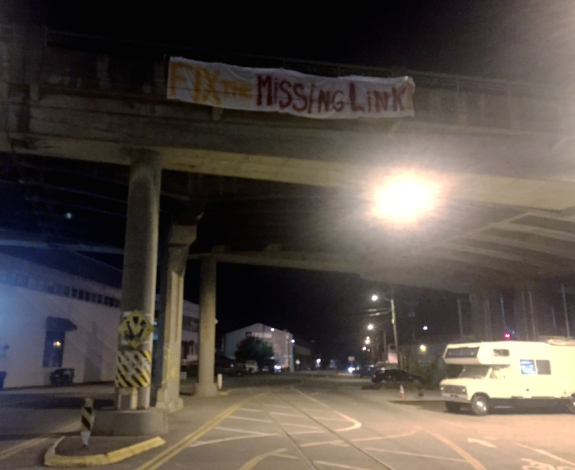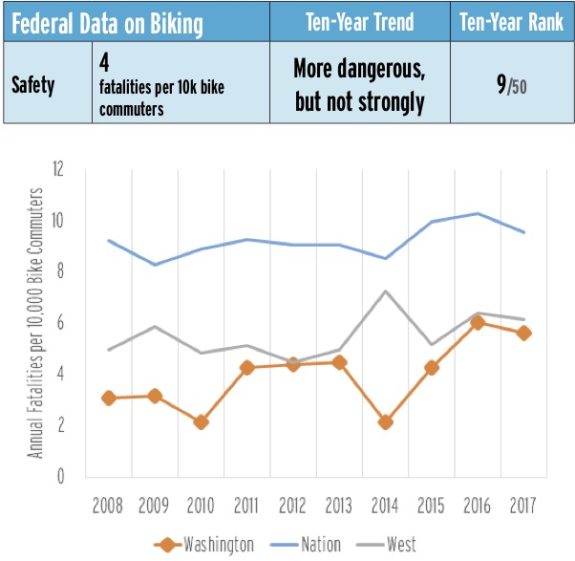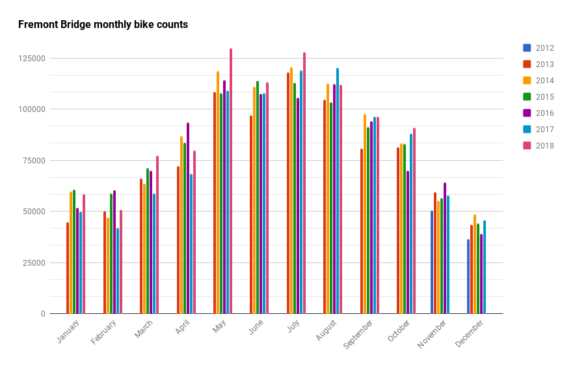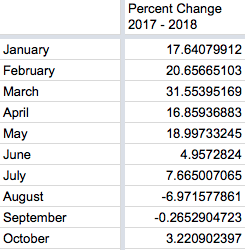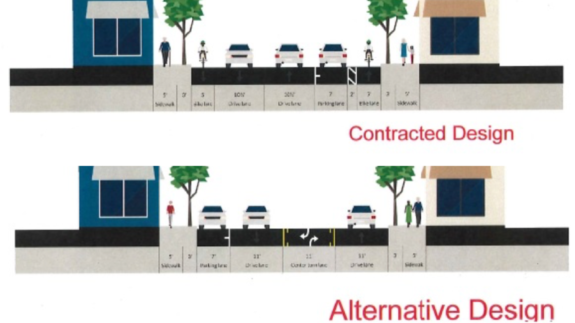 It may be the most exciting opportunity for biking and walking (and some transit) in the whole region, but the name “Eastside Rail Corridor” sure sounds boring. It describes what the corridor used to be rather than what it could become.
It may be the most exciting opportunity for biking and walking (and some transit) in the whole region, but the name “Eastside Rail Corridor” sure sounds boring. It describes what the corridor used to be rather than what it could become.
For years, Seattle Bike Blog has been referring to the whole trail element of the entire corridor by the unofficial name “Eastside Trail.” We have used this name to encompass both county-owned and locally-owned segments and to shorthand the laborious “Eastside Rail Corridor Trail.”
But there may be a better name for this incredible Eastside-spanning trail, utility and transit corridor. And the Eastside Rail Corridor Regional Advisory Committee wants your ideas. Complete this online survey to throw in your two cents. And, of course, discuss your ideas in the comments below.
If you are really into what this thing is called, the advisory committee is holding a meeting 1 p.m. Thursday at Kirkland City Hall (more details in this PDF).
The Eastside Trail (or whatever it will be called) could be largely open, at least in bikeable hardpack gravel form, by the end of 2021 if all the funding and construction details come together as planned. That’s pretty much light speed for a trail project of this length. But, of course, there are a lot of “ifs.”
In addition to the transportation and recreation opportunities, the project will also rehab and reuse historic and stunning bits of rail infrastructure, such as the Wilburton Trestle in Bellevue.
The Eastside Trail will also connect many Eastside neighborhoods and city centers to light rail, the I-90 Trail, the 520 Trail, the Burke-Gilman Trail, the Cedar River Trail and more. It has the potential to be the more impactful and important regional trail since the Burke-Gilman opened in the 70s.
